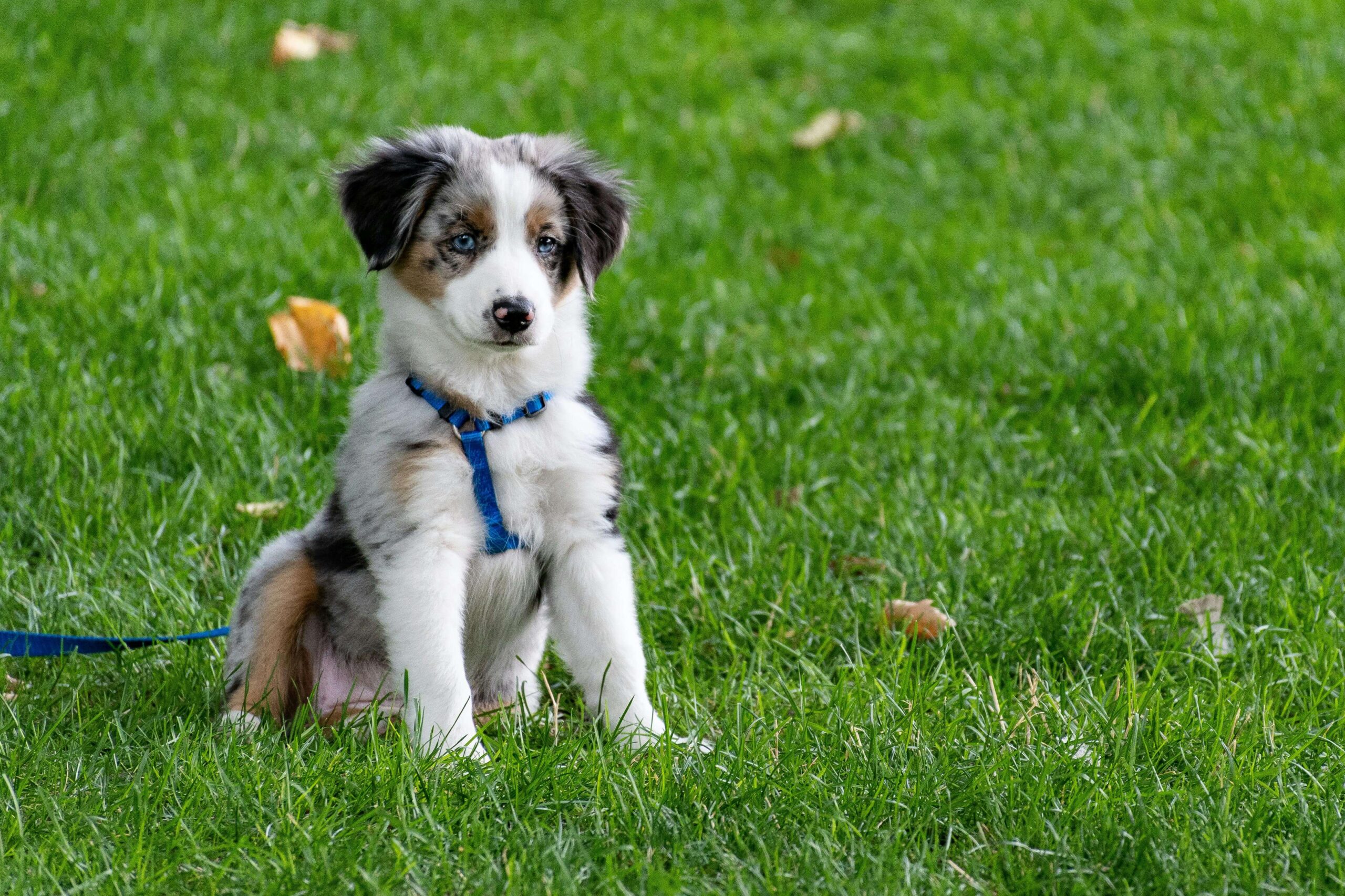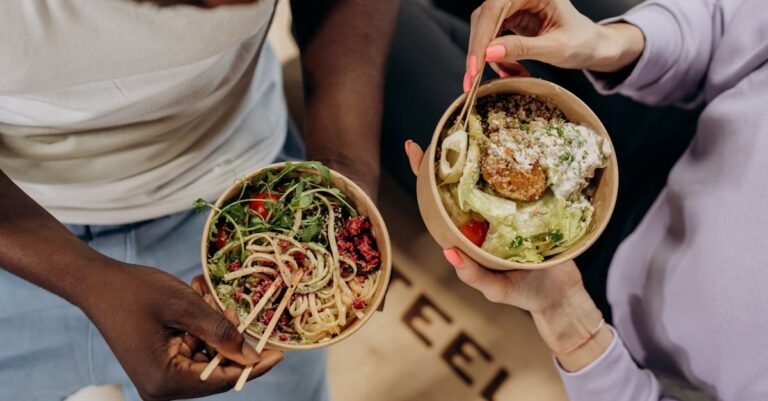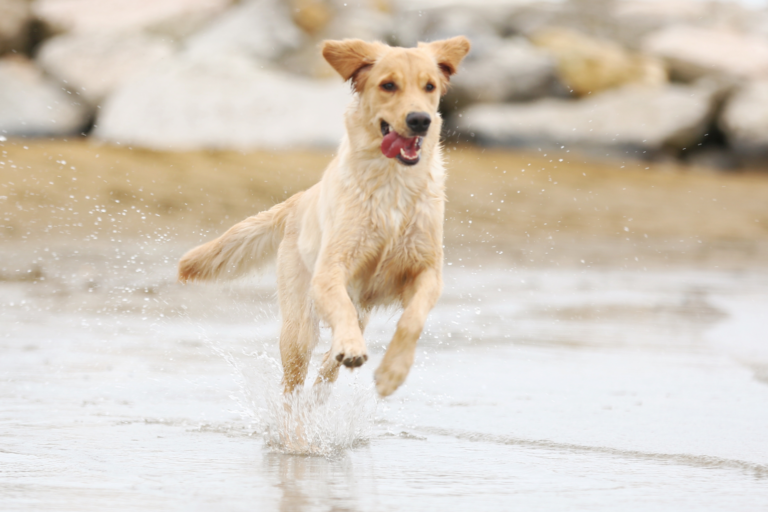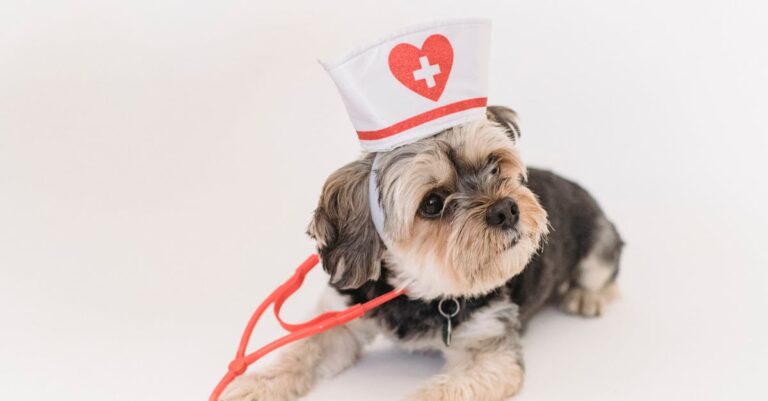Puppy Safety: Essential Tips for a Safe Home
Welcoming a new puppy into your home is a joyous occasion, but it’s also a big responsibility. Ensuring your puppy’s safety is paramount. Here’s a detailed guide to help you create a safe environment for your furry friend.
What’s in this blog:
1) Puppy-Proofing Your Home
2) Recognizing And Avoiding Common Hazards
3) First-Aid Tips For Puppy Emergencies
4) Seasonal Safety Tips
5) Grapes And Raisins: A Hidden Danger
Puppy-proofing Your Home
Puppies are curious by nature and love to explore their surroundings, which can sometimes get them into trouble. Here’s how to puppy-proof your home:
- Secure Hazardous Areas: Use baby gates to block off stairs and rooms that contain potential dangers, such as the kitchen or garage. Stairs can cause falls, and kitchens often have hot stoves and sharp objects.
- Hide Electrical Cords: Puppies love to chew, and electrical cords can be tempting. Use cord covers or hide them behind furniture to prevent chewing, which can lead to electrical shocks or burns.
- Store Chemicals Safely: Keep cleaning supplies, medications, and other chemicals in high cabinets or locked storage areas. Even common household items like detergent pods or rat poison can be extremely harmful.
- Remove Small Objects: Ensure small items like coins, buttons, and toys that can be swallowed are out of reach. Swallowed objects can cause choking or gastrointestinal blockages.
- Keep Trash Secure: Use bins with secure lids or store them in cabinets to prevent your puppy from digging through potentially harmful garbage. Old food, bones, and plastic can be dangerous if ingested.
Recognizing and Avoiding Common Hazards
Understanding the common hazards that puppies face can help you take proactive measures to prevent accidents:
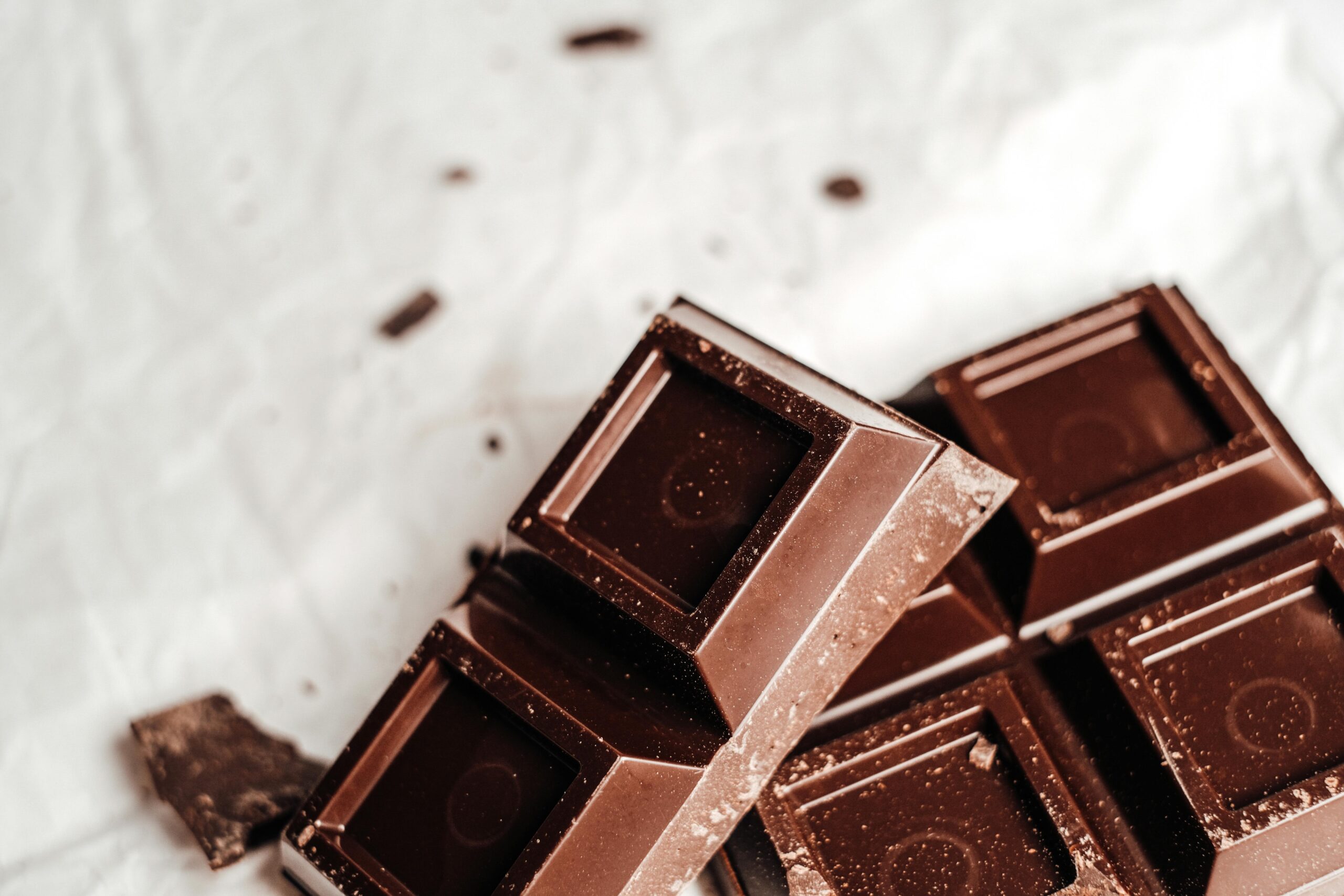
- Toxic Plants: Many common houseplants, such as lilies, azaleas, and poinsettias, can be toxic to puppies. Symptoms of poisoning include vomiting, drooling, and difficulty breathing. Keep these plants out of reach or opt for pet-safe alternatives like spider plants or Boston ferns.
- Human Food: Foods like chocolate, onions, garlic, and xylitol (a sweetener) are toxic to dogs. Chocolate contains theobromine, which is toxic to dogs, while onions and garlic can damage red blood cells. Always keep these foods out of reach and educate your family about the dangers.
- Sharp Objects: Items like scissors, knives, and other sharp objects should always be stored safely away. Even seemingly harmless items like pins and needles can cause injuries if chewed on or swallowed.
- Small Toys: Children’s toys and small objects can be choking hazards. Regularly check your puppy’s play area for such items and ensure that any toys they play with are appropriate for their size and chewing strength.
First Aid Tips for Puppy Emergencies
Knowing basic first aid can make a significant difference in an emergency. Here are some essential tips:
- CPR: Learn how to perform CPR on puppies, which includes chest compressions and rescue breaths. In case your puppy is not breathing or has no heartbeat, performing CPR can save their life until you get to a vet.
- Control Bleeding: If your puppy has a wound, apply pressure with a clean cloth to control bleeding. For more severe injuries, use a tourniquet above the wound and seek veterinary care immediately.
- Poisoning: If you suspect your puppy has ingested something toxic, contact your vet or a pet poison helpline immediately. Do not induce vomiting unless directed by a professional, as some substances can cause more harm coming back up.
- Heatstroke: Signs of heatstroke include excessive panting, drooling, and lethargy. Move your puppy to a cool area, offer water, and seek veterinary care. Avoid ice-cold water or baths, as they can cause shock; instead, use cool, damp cloths.
Seasonal Safety Tips
Different seasons bring different challenges for puppy safety. Here’s how to keep your puppy safe year-round:
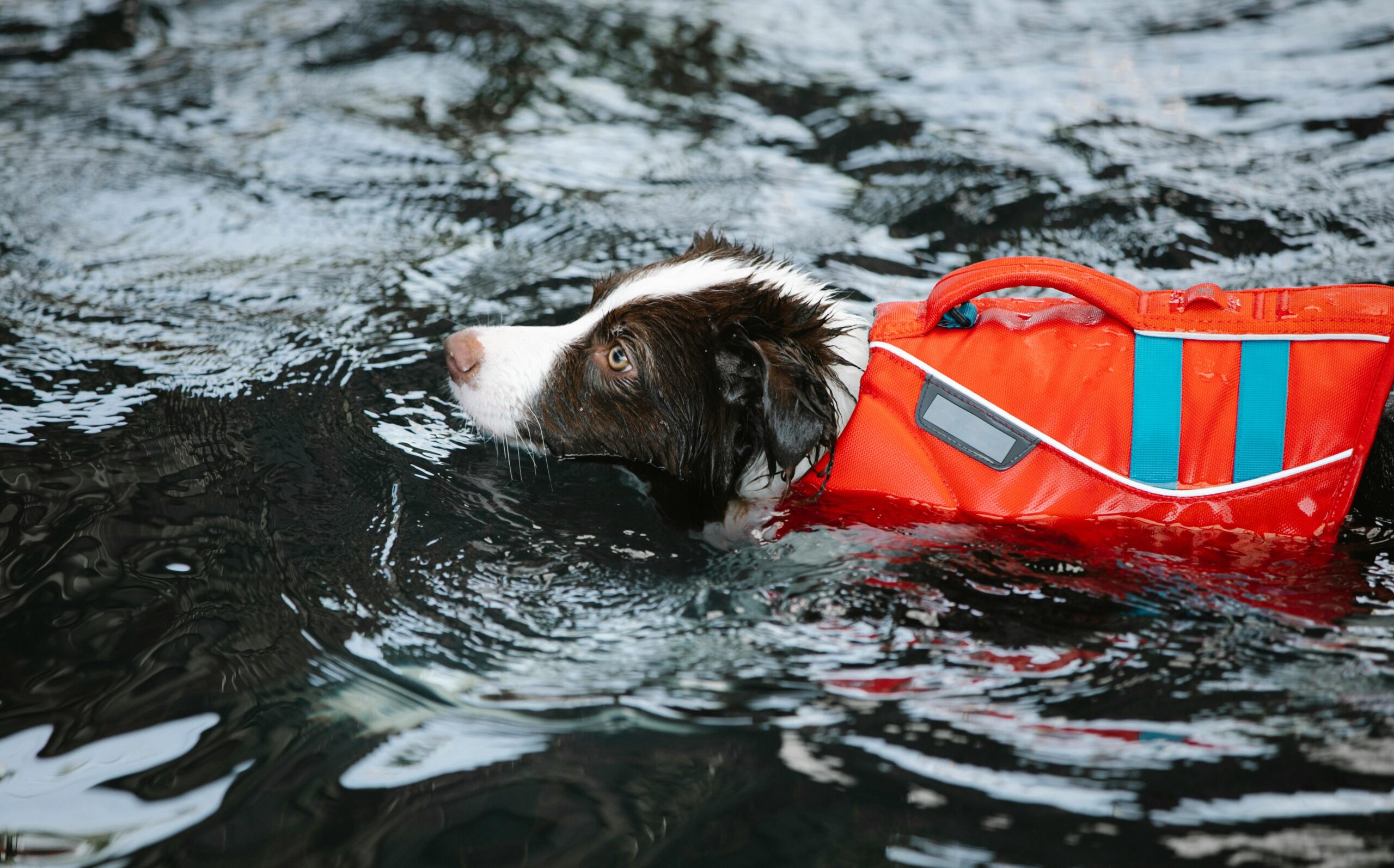
Summer Heat
- Hydration: Always ensure your puppy has access to fresh water. Dehydration can happen quickly, especially during hot weather, leading to heatstroke.
- Shade and Cool Areas: Provide shaded areas and avoid prolonged exposure to the sun. Heat exhaustion and sunburn are real risks, especially for puppies with light-colored fur or short coats.
- Hot Pavement: Avoid walking your puppy on hot pavement, as it can burn their paws. Test the pavement with your hand—if it’s too hot for you, it’s too hot for your puppy.
Winter Cold
- Warm Shelter: Ensure your puppy has a warm, dry place to stay, especially if they spend time outdoors. Hypothermia and frostbite are dangers in cold weather, so never leave your puppy outside for extended periods.
- Winter Gear: Consider dog booties and sweaters for breeds with less fur to keep them warm. These can prevent frostbite on their paws and maintain body heat.
- Antifreeze: Keep antifreeze out of reach, as it is highly toxic and attractive to dogs due to its sweet taste. Even small amounts can be lethal, so clean up any spills immediately and store antifreeze securely.
Grapes and Raisins: A Hidden Danger

One of the lesser-known yet extremely dangerous foods for puppies is grapes and raisins. Even a small amount can cause severe kidney failure in dogs. Symptoms of grape or raisin poisoning include vomiting, lethargy, and loss of appetite. The exact toxic substance in grapes and raisins is unknown, but it’s crucial to keep these foods out of reach and ensure they are not left where your puppy can accidentally ingest them. If you suspect your puppy has eaten grapes or raisins, contact your veterinarian immediately.
Conclusion
Ensuring your puppy’s safety requires vigilance and preparation. By puppy-proofing your home, recognizing common hazards, being prepared for emergencies, and taking seasonal precautions, you can create a safe and loving environment for your new furry family member. Always consult with your veterinarian for the best advice tailored to your puppy’s specific needs.

